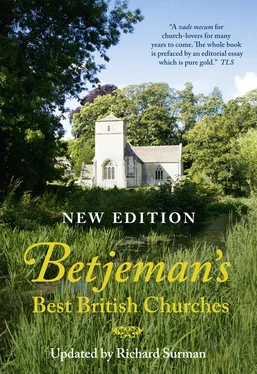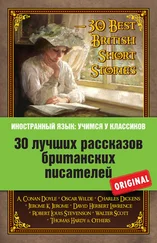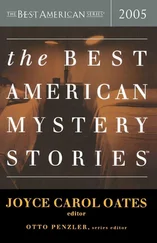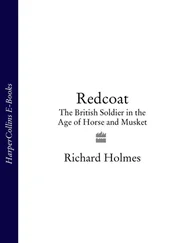‘Men should learn by images whom they should worship and follow. To do God’s worship to images is forbidden. Therefore, when thou comest to church, first, behold God’s Body under the form of bread upon the altar; and thank Him that He vouchsafe every day to come from the holy heaven above for the health of thy soul. Look upon the Cross, and thereby have mind of the passion he suffered for thee. Then on the images of the holy saints; not believing on them, but that by the sight of them thou mayest have mind on them that be in heaven: and so to follow their life as much as thou mayest.’
And here in the nave, the people’s part of the church, we have not yet looked eastward to Our Lord upon the Cross. His figure hanging on a wooden cross over the chancel arch, with St Mary and St John weeping on either side of Him at the foot of the cross, looks down from above the screen. This dominates the nave, and behind it or above it, painted on the east wall, is the depiction of the Doom. There, above His Body on the Rood, is a painting of the Resurrected Christ, the severe judge. His wounds are shewn, His hands are raised with the nail prints in them, and His eyes fix you as you stare up. Angels blow trumpets around Him, and there rising from their graves are naked souls, painted as naked bodies but wearing head-dresses, tiaras, crowns and mitres to shew their rank in life. On one side they enter rather joylessly the gates of heaven. On the other, with terrible imagery, are shewn devils with sharks’ teeth and rolling eyes, hauling off the helpless souls to the gaping mouth of hell, a yawning cauldron in the bottom corner of the picture. The artists had a far more enjoyable time drawing devils and hell than angels and heaven. For one sweet-faced saint or tender portrait of Our Lady surviving in the wall-painting in our islands, there must be two or three alarming devils.
It is appropriate that here in the nave, with Our Lord looking down sadly from the Cross and sternly from His glory, people should be reminded of how to live while on earth if they wish to escape Hell. And while we look at the judgement on the wall, let us listen to John Bromyard, a Dominican Friar of c. 1390, preaching against the rich:
‘Their souls shall have, instead of palace and hall and chamber, the deep lake of hell, with those that go down into the depth thereof. In the place of scented baths, their body shall have a narrow pit of earth; and there they shall have bath more black and foul than any bath of pitch and sulphur. In place of a soft couch, they shall have a bed more grievous and hard than all the nails and spikes in the world; in place of inordinate embraces, they will be able to have there the embraces of the fiery brands of hell . . . Instead of wives, they shall have toads; instead of a great retinue and throng of followers, their body shall have a throng of worms and their soul a throng of demons. Instead of large domain, it shall be an eternal prison house cramped for both.’
Heaven is represented in the chancel beyond the richly-painted screen, where the priest murmurs scarcely audible Latin and where the Body of Our Lord under the form of bread, hangs above the altar in a shrouded pyx. Much chatting goes on in the church during sermon and Mass, and we may now approach the screen to examine it and the jewel-like blazing richness beyond, in the holiest part of the church.
Through the screen which runs across the whole width of the church, you may glimpse the richest part of all this teaching imagery. The altars at the end of the aisles are either guild chapels, or family chapels, each with their paid priests. The Shoemakers may have an altar dedicated to Crispin, and will subscribe for its upkeep and to keep its lights burning. Another chapel may be kept up by a guild which pays a priest to say Mass for the Souls of its departed members. The secular descendants of these guilds are the trade unions and burial societies of today. The big town churches such as those at Coventry, Stamford and Bristol had many guild chapels with priests maintained to serve them. And many altars contained a relic of a saint. The walls round the altars were painted, the roofs above them were richer and more elaborately painted than those in the people’s part of the church, the altar hangings were of the richest silks and threaded with jewels, the fair linen-cloth laid upon the altar itself a white, plain contrast with the elaborate hangings. The floors of the chancel are of marble or tiles. Brasses of dead priests shone bright among them. You may see what they looked like in illuminated missals. The ornaments on the altar were few, candles perhaps, and if a cross, then a small one to help the priest in his devotions – for here in the chancel we meet the risen Lord. Only in the nave is He dead on the cross, as large as life.
Few people will make their communion at Mass. Indeed it is rare for anyone to make his communion except at Easter. People think of the Mass as something offered for them rather than something of which they partake the sacred elements.
On a hot summer Sunday morning in the country, when I have been reading Chaucer to the sound of bells pouring through the trees, I have been able dimly to imagine this late medieval religion. Life is short for everybody. It is matter of fact. The pictures on the church walls are not thought of as ‘art’, but are there to tell a story. Small parish churches were not consciously made beautiful. They were built and decorated for effect, to be better than the church in the next village, to be the best building in the village itself, for it is the House of God, and God become Man – that was the great discovery – offered here upon the altar. All sorts of miraculous stories were invented about Him, and even more about His mother. Because He was Man born of woman, he becomes within the grasp of everyone. Few of the extravagances of German and Spanish late medieval art are found in English representations of the scourging, the crucifixion and the deposition. Jesus is thought of as the baby of poor people who received the tributes of a king. His mother is the most beautiful woman in the world – and how many lovely, loving faces of Our Lady we may see in the old glass, wall-paintings and statues which survive in England. And she bore a Spotless Son who was God and Judge of all. No wonder she was loved by the pious English.
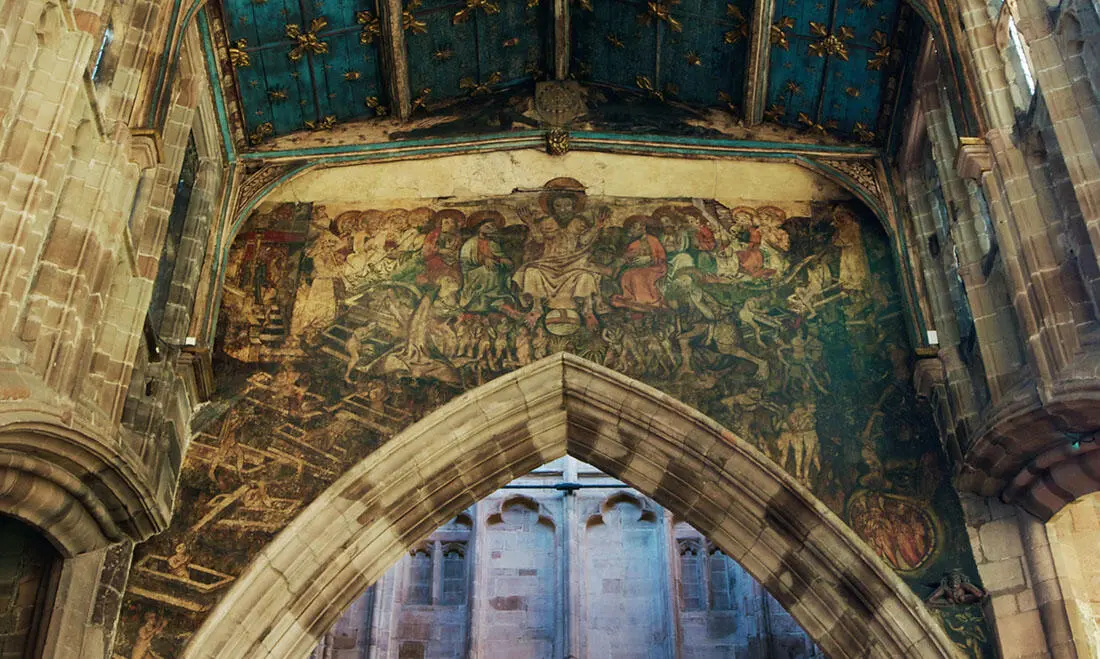
COVENTRY: HOLY TRINITY – only rediscovered in 1999 and now restored, this extraordinarily intact Doom painting is dated to the early 15th century
© Michael Ellis
The miracles of Our Lord were not so interesting to these people as the miracles they ascribed to His saints. Here extravagancy knew no bounds. St Petroc sailed in a silver bowl from Cornwall to an isle in the Indian Ocean. St Winifred was beheaded by an angry lover, but her head was reunited to her body and she became an abbess. There were saints like St Quintin who cured dropsy, saints for toothache, and for colds and fever, and for finding things. There were patron saints for every craft and trade. There were miraculous images which winked, or flew to bedsides; there were statues of saints that had never been, like the Maid Uncumber in old St Paul’s Cathedral.
Though for the everyday things of life there were friendly saints who helped, life itself must have been terrifying, a continual rush to escape hell. Our Lord and His Mother were the loving and human part of it; hell was the terrifying part. The Devil was seen. His fellow devils yawned as gargoyles with bats’ wings on the north walls of the church, black against the evening sky. The white teeth of devils and their red eyes gleamed out of the darkness. Evil spirits lurked behind stones on lonely moors and ranged the deep woods. Good and evil fought together in the roar of the storm. All thought, all sight, every breath of the body, was under God. The leaping sciapod, the man-eating mantichora, the unicorn, might easily be met in the forest by men with imaginations, which as easily would expect to see Our Lady flying through the air, or the local saint, for centuries enshrined in his altar, walking down the street. The witch cast her evil spells, blood and death lay around everywhere, the entrails of a man hung, drawn and quartered, shone black with flies in the sun, silvery lepers tinkled their bells, creating loneliness around them. The fear that men felt is expressed in the grotesque carvings over the north walls of churches, and in the corbels and bosses of roofs, and in bench-ends, screens and miserere stalls. Their humour is shewn there too. Chiefly in the figure of Our Lady do we see the tenderness and sweetness of this late religion.
Читать дальше
